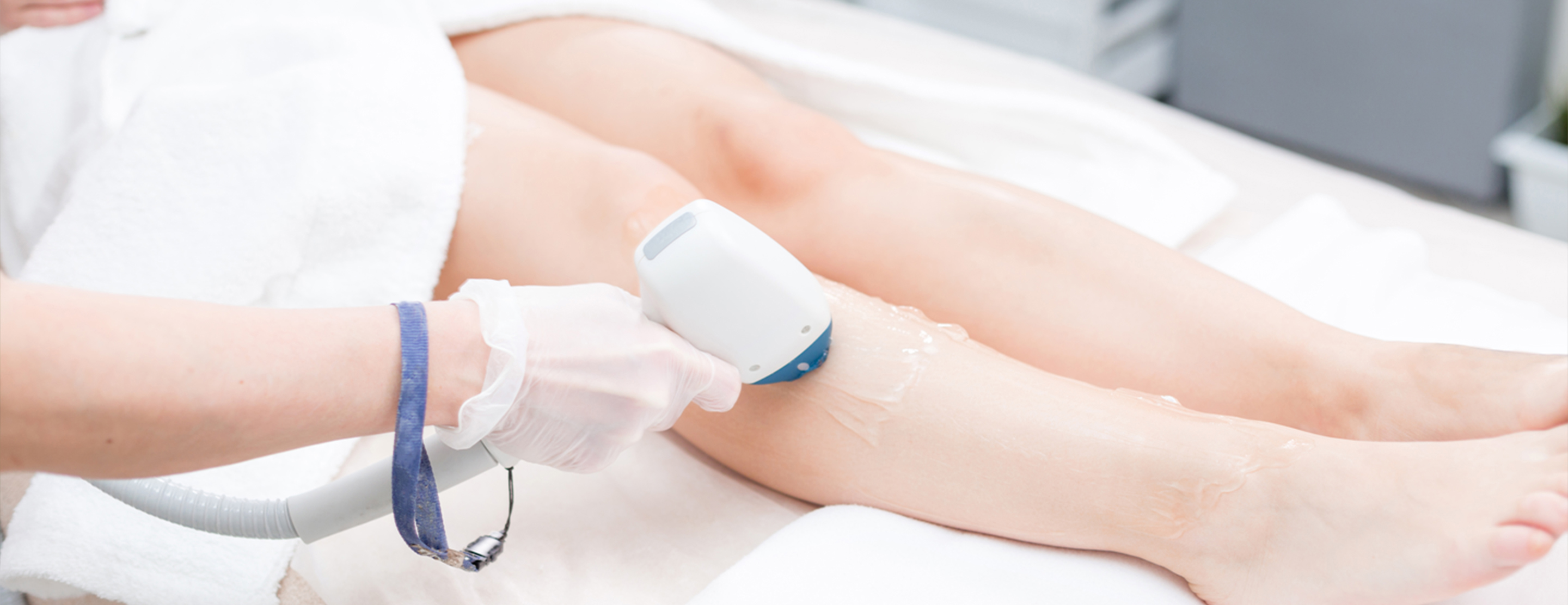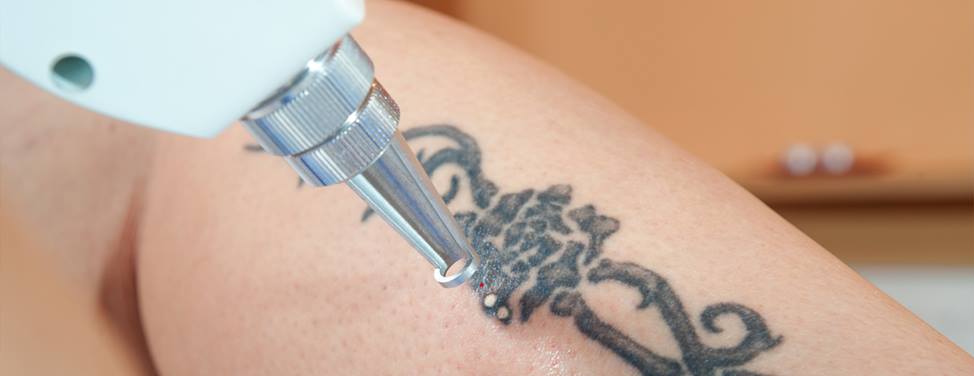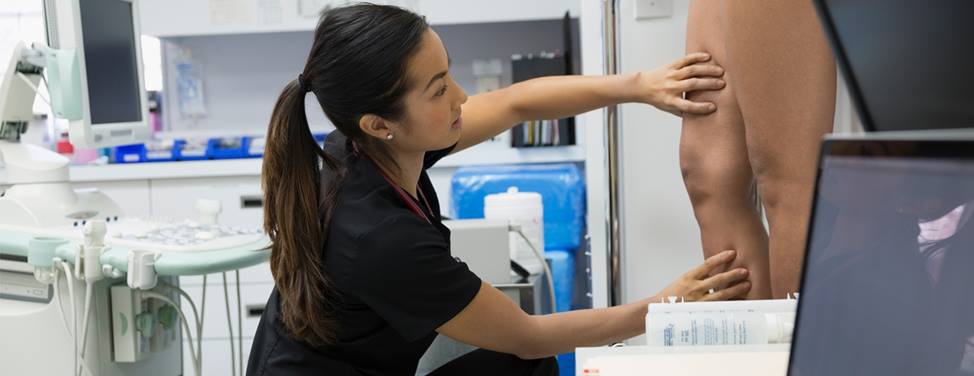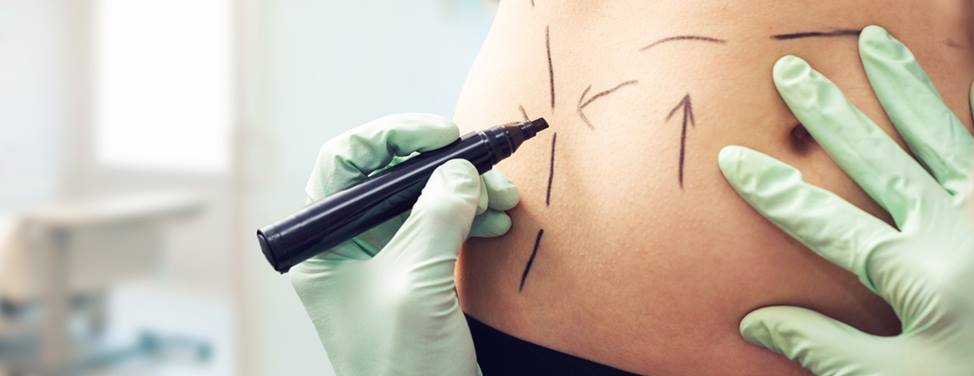Laser hair removal uses intense, pulsating beams of light to remove unwanted hair from the face, underarms, back, legs and bikini area. The laser targets the melanin, or pigment, in the hair shaft and damages the hair follicle, which helps to stop future hair growth. Inflamed and bumpy skin caused by ingrown hair is often improved following treatment.

Laser Hair Removal
Laser hair removal can be used on patients of just about all skin types, although it is most effective for people who have light skin and dark hair. White, blond or gray hair usually cannot be removed with laser hair removal since there is no pigment in the hair for the laser to target.
Although laser hair removal effectively slows hair growth, it does not guarantee permanent hair removal. Several treatments are usually required to remove hair. For best results, you may need at least six treatments spaced a number of weeks apart. Periodic maintenance treatments may also be needed.
Laser hair removal has become so popular that it is often performed in non-medical settings, such as salons and spas. It is important to choose a board certified doctor who is trained in laser hair removal to oversee the treatment.
Preparation
Before treatment, you will have an initial consultation at the dermatologic surgery clinic. During this consultation, the doctor or nurse will discuss your medical history and examine your skin. We will also examine the places you want the hair removed, the texture and color of the hair, and where it is in its growth cycle. A laser hair treatment plan and its related costs will also be discussed, as well as any associated risks.
- Protect your skin from the sun with a broad-spectrum (protects against both UVA and UVB rays) sunscreen with an SPF of 30 or higher every day. Do not use a tanning bed. If you have a natural or artificial tan from self-tanning products, your tan must fade completely before your laser hair treatment.
- Do not pluck, wax, use dissolving creams or have electrolysis for at least one month before treatment. Shaving is okay as it leaves the hair root in place for the laser to target. Shaving may be recommended before treatment.
Procedure
Before treatment begins, the targeted area will be cleaned. A topical anesthetic may then be applied to the area to keep you more comfortable, although many patients do not need it.
You will wear protective eye goggles during the procedure. The laser operator will hold your skin taut while the laser is fired. The laser beam will pass through your skin to the tiny follicles where hair growth originates. The intense heat from the laser beam damages the hair follicles, which stops hair growth. You may feel a stinging sensation or warm pinpricks.
The time of treatment will depend on the size of the area treated.
Recovery
You may experience redness or swelling for the first few hours after laser hair removal. You may also have a stinging sensation for a day or two. The area may also become slightly crusty.
Do not pick or rub the area and be sure to clean gently with soap and water. Avoid sun exposure, both natural and artificial, for at least one week after treatment. It is also important to use broad-spectrum (protects against UVA and UVB rays) sunscreen with an SPF of 30 or higher every day.
UCSF Health medical specialists have reviewed this information. It is for educational purposes only and is not intended to replace the advice of your doctor or other health care provider. We encourage you to discuss any questions or concerns you may have with your provider.
















